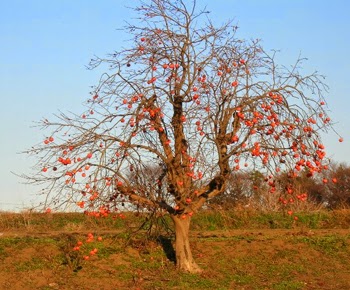< 1. A farm village
and a large lake >
I introduce the rural
scenery of Anatolian plateau today.
Our bus ran 410 km
from Pamukkale to Konya.
In the interim, I
took pictures of the scenery from the bus window.
今日は、アナトリア高原の田園風景を紹介します。
私達のバスはパムツカレからコンヤまでの410kmを走りました。
その間、車窓に広がる景色を撮りました。
< 2. hills and rural
sceneries >
There were the crystal clear sky and
white clouds, and the green carpet had covered the hills and the ground.
There weren't even small rivers, ponds,
or forest, and the ground had been dry.
澄み切った空、白い雲、丘と大地を覆う緑の絨毯が広がっています。
河や池を見かけることは無く、樹林の少ない乾燥の大地でした。
< 3. a village >
One of the charmed
scenes was a village.
Although I could not
take a good picture, the form of many villages was like a sector sticking to
the foot of small hill.
Among many private
houses of red roof in the village, there was always a mosque having a silver
dome and a minaret.
From the village, one white way passes
through the green farm and extends to a main road of the basin.
In addition, tall poplars
stand out in the boundary of many farmhouses and farms.
It is said that this poplar will be
planted when a child was born and it will be cut at the time of the marriage in
order to make as furniture for giving to the grown child.
It is a scene of the
village unlike Japan.
私が心惹かれた景観は集落です。
上手く写真が撮れなかったのですが、多くの集落は小高い山裾に張り付く扇形をしていました。
その村には赤い屋根瓦の民家に混じって、必ず一つは銀色に輝く丸屋根も持つモスクと尖塔がありました。
その村から一本の白い道が緑の畑を抜けて、盆地の幹線道路へと延びています。
また農家や畑の境には背の高いポプラが目につきます。
このポプラは子供が生まれたら植栽し、結婚時に伐採し、家具にして与えるものだそうです。
日本とは異なる集落の景観です。
< 4. mountains and a flower
>
< 5. agricultural work >
Villagers seem to be
working jointly.
In lower photograph, one
car is running the farm road.
It appears that five women wearing farm
clothes have been getting seated in the carrier of the car.
村人達が共同して作業をしているようです。
下の写真には、農道を一台の車が走っています。
その荷台には5人程の野良着の女性達が載っています。
< 6. a souvenir shop >
I am always excited in souvenir shop.
I bought one book of the
folktale of the Japanese version here.
いつも土産物屋で、わくわくします。
私はここで、日本語版の民話の本を買いました。
































